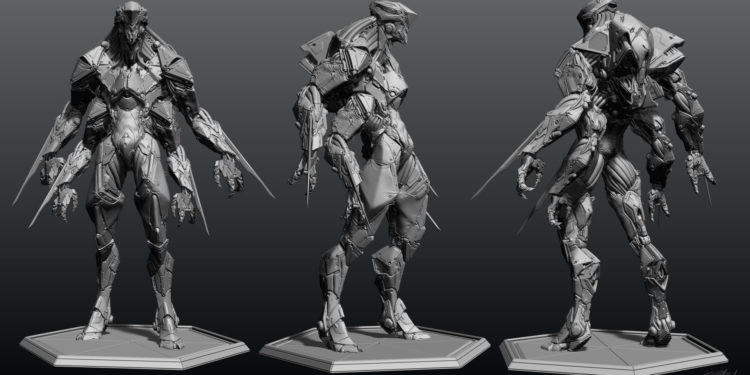There are many situations in business where you might require engineering and 3D modeling services. For example, you might work with someone on a project related to industrial hardware development and engineering.
As the name indicates, 3D modeling is a process for creating a three-dimensional representation of an object or surface. There’s a simulated 3D space, and the object or surface’s edges, polygons, and vertices are also simulated.
Special software is required, and the following are some other things to know about 3D models, especially as it might pertain to the business environment.
How Does 3D Modeling Work?
In general, an engineer or artist might start the process of 3D modeling by taking a shape such as a sphere or cube, and then they will manipulate that primitive form. 3D modeling almost always starts simple and then builds up toward more complexity in the design.
When talking about 3D modeling for product design, it’s a good way to provide a presentation for a product design or idea. It can also help with marketing campaigns because it allows for animation so that all the abilities and features of the product can be shown.
3D modeling in product design can also be used for interactive applications, and it can be used to automate the manufacturing process.
A 3D model is a digital file required to make a 3D print.
There are two 3D model representations.
First is a solid model, which defines the object’s volume. The second is a surface model that shows the surface of an object and is more common in movies and video games.
Benefits of 3D Modeling in Product Design
Some of the benefits of 3D modeling in product design have been touched on, but specifically, benefits include:
- 3D modeling is important for design communication. This can be particularly useful when engineers and non-engineering stakeholders are working together and providing input on a product. It can be tough for non-technical stakeholders to visualize an end product with 2D drawings only.
- Design flexibility is available with 3D modeling.
- With the use of 3D modeling, the changing of critical features can be avoided even as other design changes are made. Pre-determined constraints are set, but then the product can be re-designed many times over without those changes, preserving functionality integrity.
- The use of 3D modeling can help predict how the materials used to create the product will hold up in certain circumstances.
- 3D modeling reduces manufacturing time because the model itself is used to create the mold for plastic injection molded parts. When there are metal parts of the product, then the geometry is consistently transferred to CNC machines for the prototype elements.
- With 3D modeling, you get an all-around view from all angles, and you can see the smallest details. This is helpful not just for production, but also to prepare for packaging.
Software Used in 3D Modeling
There are several popular types of software used in 3D modeling.
Computer-aided design or CAD is the technology most often used in product modeling. It can replace manual drafting with automation.
People who use CAD include engineers, architects, and drafters, as well as designers.
3D CAD programs can help with the documentation of construction, exploring design ideas, and visualizing concepts.
In manufacturing processes, CAD transfers detailed information about a product into an automated form. That form can then be used to create 2D or 3D diagrams that can be viewed at any angle, and you can even view a product from the inside out.
With CAD representations, editing is fast compared to doing it manually.
Often you’ll see an integration of CAD with Computer-Aided Manufacturing (CAM), which further speeds-up the process.
Along with efficiency and design quality, CAD software increases the productivity of the engineer and helps with improved record-keeping, documentation, and communication.
There are also other 3D modeling programs that aren’t necessarily for products, but instead things like animation. Blender is an example. Blender is free, open-source 3D software for modeling that allows for the creation of animated films, interactive apps, video games, and visual effects.
SketchUp is a 3D modeling software platform that’s used in architecture, interior design, construction, engineering, and urban planning.
Maya is from Autodesk, and it is often used in university settings to teach 3D modeling, and it’s geared toward animation modeling.
3D modeling can be an important part of business because of its role in product design, and before working with an engineer, it may be useful to have a general understanding of this type of modeling.


